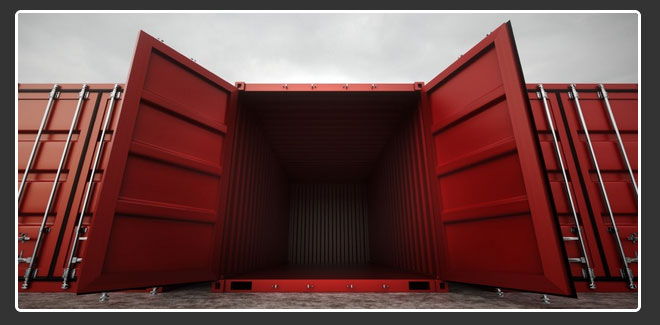Refrigerated shipping containers, commonly dubbed ‘reefers,’ are engineered masterpieces designed to transport various products across continents. Unlike their standard counterparts, reefers possess sophisticated temperature control systems, ensuring goods remain pristine.
Temperature Control Systems of Shipping Containers
Imagine a world where delicate pharmaceuticals, fresh fruits, and meats can travel thousands of miles without spoilage. This marvel is achieved through the orchestrated actions of refrigeration components working in perfect harmony. These components maintain desired temperatures and adapt to fluctuating external conditions, showcasing their brilliance.
Insulation
Insulation is to refer to what a shield is to a warrior. Advanced insulating materials are a barrier, preserving internal temperatures and maximizing energy efficiency. This silent guardian ensures that the cold stays in and the heat remains out, pivotal in the temperature regulation dance.
Types of Goods Shipped
From crisp apples to tender salmon filets, perishables require meticulous attention. Different foods come with unique temperature specifications. It’s not merely about keeping things cold; it’s about maintaining the exact coldness that guarantees freshness upon arrival.
Pharmaceuticals
The transportation of medicines is about ensuring the well-being of millions. With such high stakes, even a minor temperature fluctuation can degrade a drug’s efficacy, putting lives at risk.
Equipment and Fragility
Certain items, like laboratory equipment or specialized electronics, literally can’t stand the heat. These delicate items require stable temperatures to ensure they function seamlessly upon reaching their destination.
Neglecting Temperature Regulation
Imagine the heartbreak of a farmer watching his produce rot or a pharmacist discovering unusable medicine. Inadequate temperature control doesn’t just spoil goods; it causes substantial economic losses. Spoiled goods contribute to environmental waste, emphasizing the critical role of effective temperature regulation.
The Domino Effect on Health and Wallet
Deteriorated pharmaceuticals can be dangerous. It’s a silent threat that could compromise health and drain financial resources, emphasizing the need for stringent temperature controls.
Environment and Safety
Refrigerated containers are powerhouses. But with great power comes increased energy consumption. Thankfully, modern innovations pave the way for green, energy-efficient solutions that don’t compromise performance. Proper refrigeration keeps food fresh; it combats the spread of foodborne illnesses, making it an unsung hero in public health.
Real-time Monitoring
Thanks to the magic of the Internet of Things and sensor technology, shipping containers now talk to us. They provide invaluable real-time data, ensuring temperatures stay just right.
Get a Container Today
From advanced insulating materials to AI-driven temperature adjustments, the future of shipping is exciting. These innovations promise efficiency, sustainability, and reliability in equal measure. Temperature regulation in refrigerated shipping containers is a logistical necessity. It’s a symphony of science, engineering, and innovation that ensures our world remains connected, healthy, and prosperous. As we forge ahead, embracing advancements, we can expect an even brighter future for global commerce and well-being.
Carolina Containers
Shipping containers have many different uses. If you need one, contact Carolina Containers today at 919-562-9187.
The post Fundamentals of Temperature Regulation first appeared on Carolina Containers.
